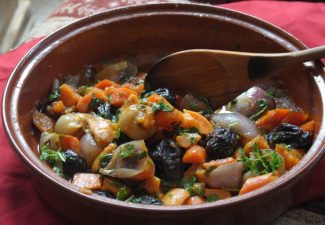
Originally from China, persimmon trees have been grown for thousands of years for their delicious fruit and beautiful wood.
In the Middle East’s November, the landscape changes from dry, brown summer to soft green. After a week of good rain, you’ll see clovers and fuzzy hints of wild grasses sprouting everywhere -between the cracks in the sidewalk, along road medians, and in gardens. This bodes well for the produce of late fall.
Fruit of November:
Olives are still on some trees, left to ripen and turn black for late harvest. If you don’t mind stooping, you can pick quite a lot from those that fell to the ground. Good olive pickings are found in national parks.
Here’s the Green Prophet way to preserve olives. Black, wrinkled ones don’t require much time, and sometimes all they need is to be packed in salt.
Persimmons are fat and orange, but most aren’t quite ripe. Buy, but put them aside a day or two until they soften.
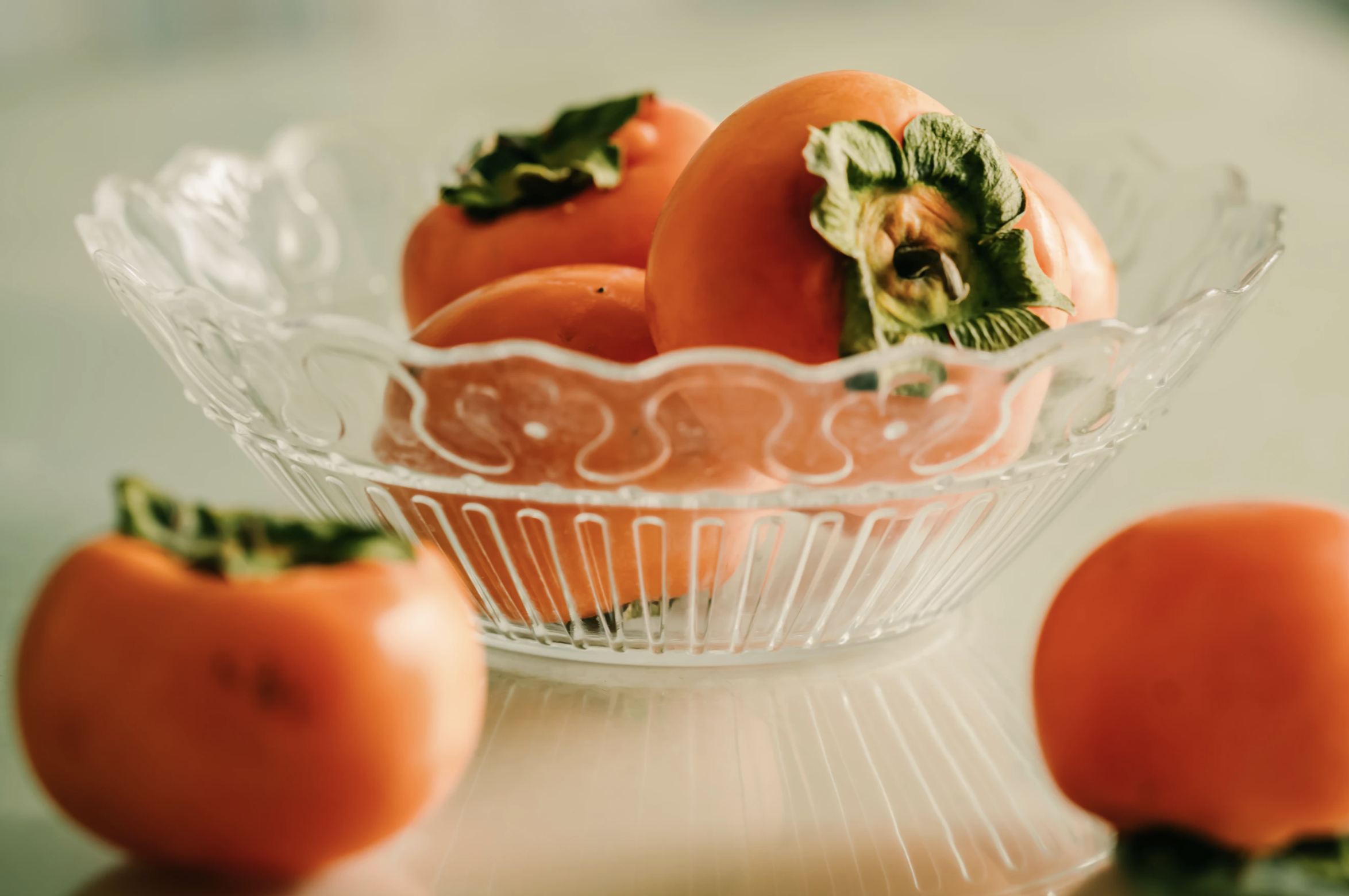
Avocados are fat and green, and their price has gone down. In the shuk (market), there’s usually a stand of avocados ripe for eating, which the vendor is desperate to sell before they go too soft. Select some, but beware signs of bruising on the flesh. One way to tell if an avocado is good is to scratch the little nub of stem off the top. If the patch of flesh under it is a healthy green, buy the avocado. If it’s a sad brown, reject it.
Apples and pears are in full season. Here, the best pears are the unassuming-looking, little green ones. They feel wooden in the hand until they ripen, and then they’re far more flavorful than any imported pear.
Make your own applesauce with our easy recipe.
Citrus fruit is best after the first rain, so pick up all that vitamin C in fruit shape. Oranges, clementines, lemons, yellow and red grapefruit and pomelos are sweet and juicy now. Lemons are especially suited to freezing. Just rinse and pat them dry, and stash them in the freezer, whole. They’ll be mushy when thawed out, but easy to juice.
Dragon fruit and bananas are in season. There are still plenty of pomegranates.
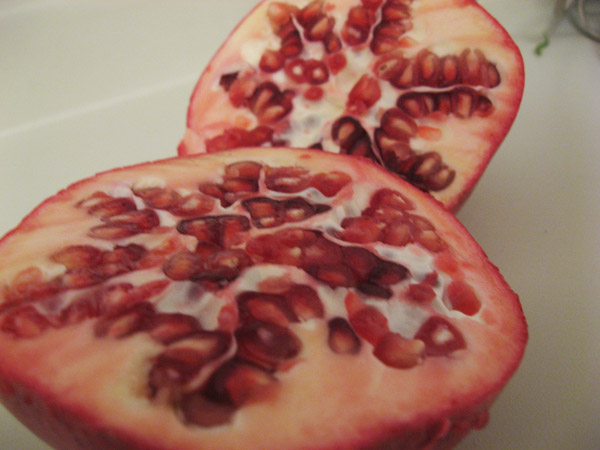
Pineapples of a reasonable size are available too, where once they were tiny and sort of sad-looking.
If you like guavas, now is the season. Some people can’t abide them, but I like them, and buy a couple every year just to set out on a plate and enjoy the pungent fragrance.
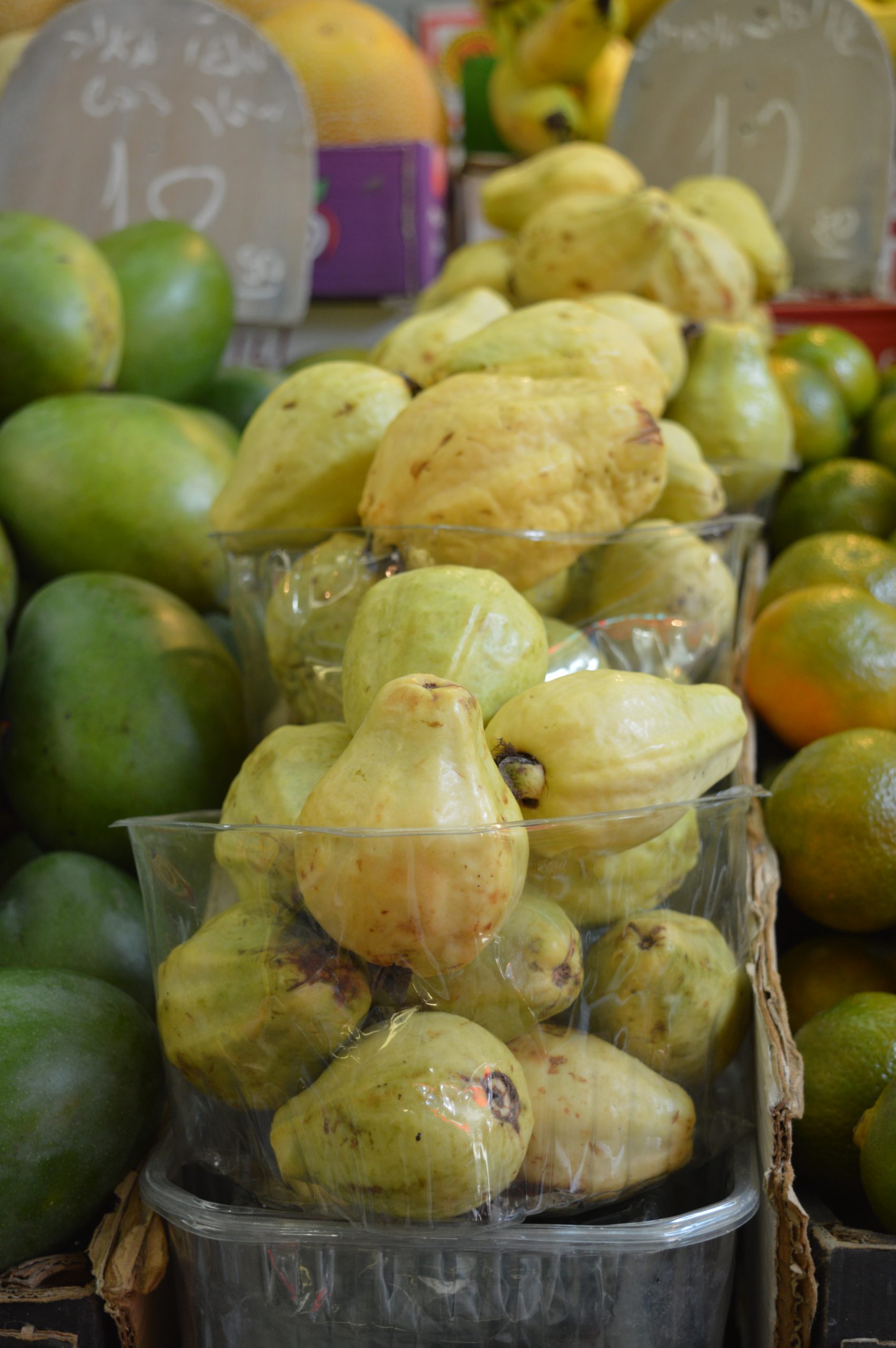
Vegetables in season in November
Rain brings on glorious vegetables. Leafy greens in season now are kale, Swiss chard, fat lettuces, leeks, and artichokes.
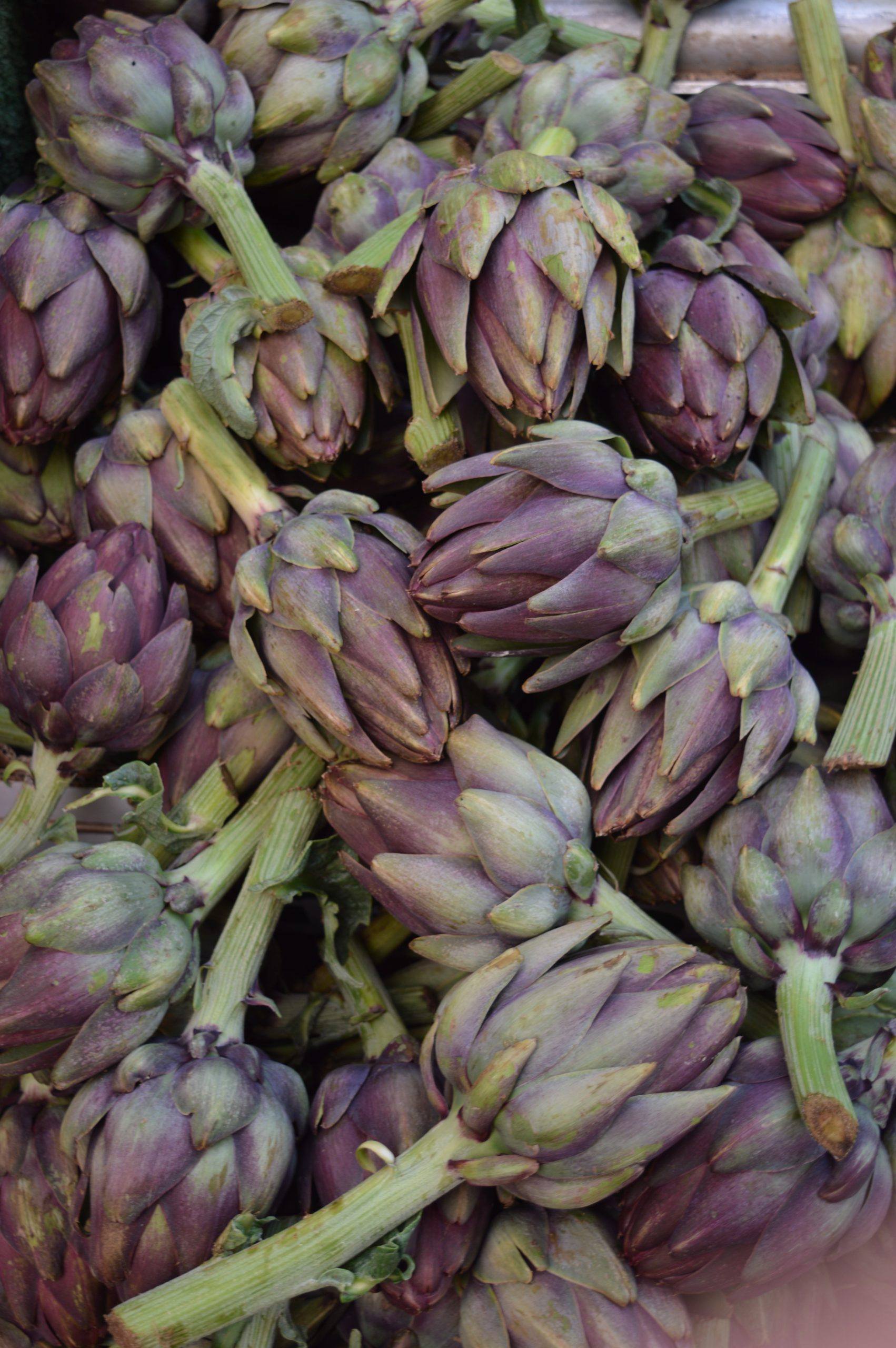
Jerusalem artichokes, kohlrabi and fennel are worth buying right now. Cucumbers, hothouse tomatoes, pumpkins, and squashes are abundant and (relatively) cheap.

Kohlrabi salad, by Ottolenghi
Beets, potato varieties, celeriac, carrots of different colors and red and purple sweet potatoes are good, although root vegetables will be even better in October and December.
Cauliflower and broccoli are recovering from summer’s heat. They were available at the beginning of the month, but not advisable; now they’re worth buying. Just turn the package around to inspect them closely, and if you can handle the vegetable itself, check for insect infestation.
Have you tried our garlicky vegan cauliflower recipe? It’s divine.
Onions, which looked withered in summer, are now plump and firm. Eggplants, which shriveled with exhaustion just a month ago, have perked up with cooler weather. You can buy large baladi (heritage) eggplants with their attractive ridges and big flavor, and for a short while, baby eggplants for pickling.
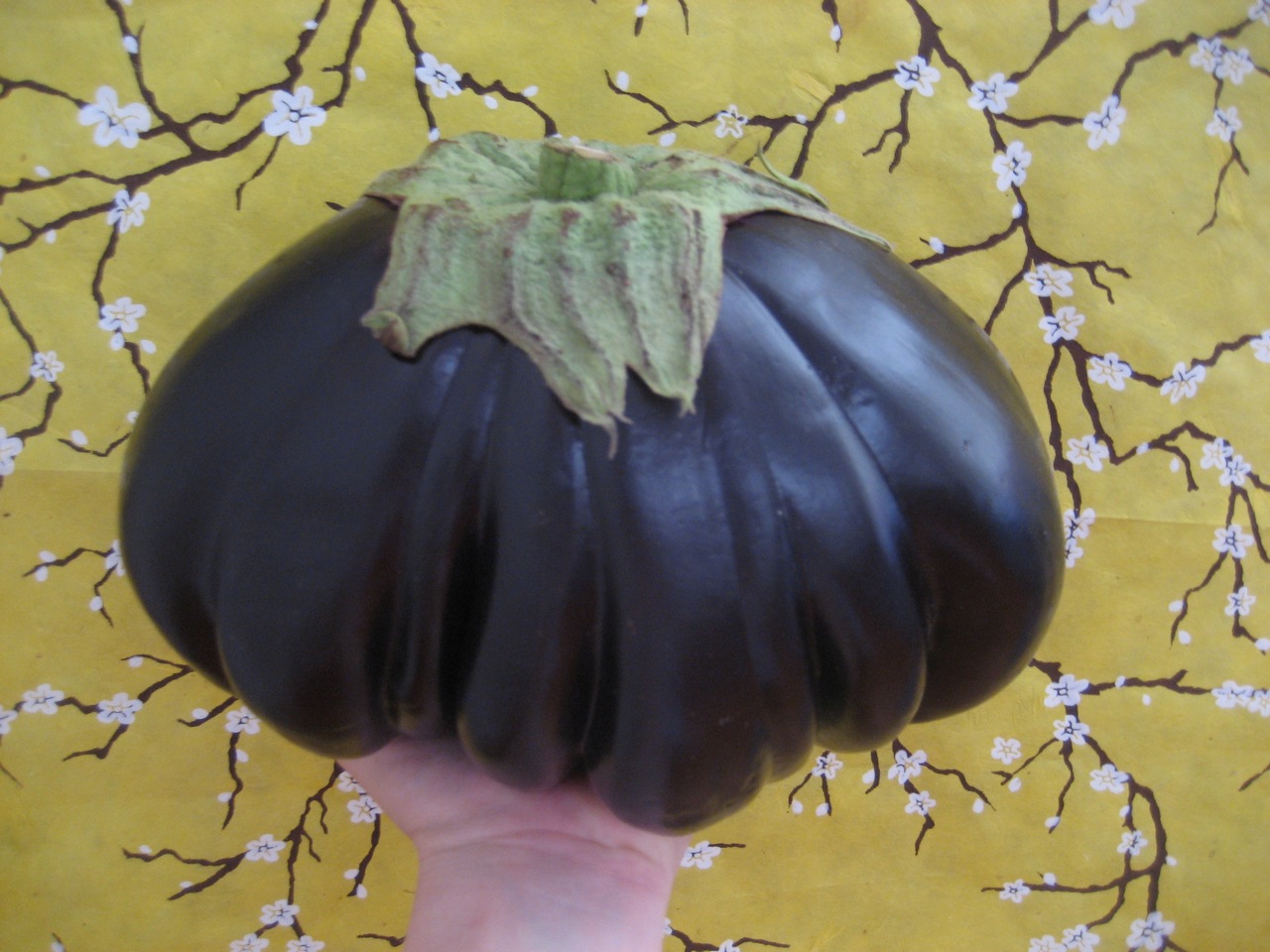
See (and cook) our recipe for eggplants stuffed with cheese and tomatoes.
Bell peppers of all colors are looking firm and good. But chili-heads beware: if you’re looking for hot peppers, hurry up and buy some now, because in winter, hot peppers aren’t very hot.

Mushrooms are grown in specialty farms, but somehow are more beautiful in cooler weather. Mushroom prices are reasonable, and shops offer several different varieties.
Herbs in Season in November
The herbs you love are for sale in big bunches tied with rubber bands.There’s watercress, basil, rocket, dill, tarragon, chives, thyme (good for hanging up and drying), scallions, mint, coriander leaf, parsley, and sour grass.
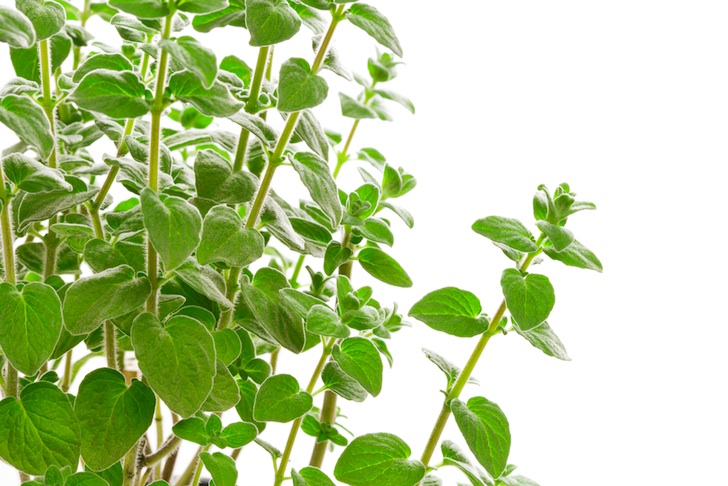
Woody herbs like rosemary, za’atar, sage, and bitter wormwood (sheeba) for tea are in full leaf too. Are you wondering how to use za’atar, pictured above? Here’s focaccia with an olive and za’atar topping.
Forager’s notes for November:
Writing in mid-November, I haven’t seen any great abundance of wild herbs. Nettles and chickweed are just sprouting and not noticeable unless you’re keeping an eye out for them. Look for mallows and wild beets in December.

